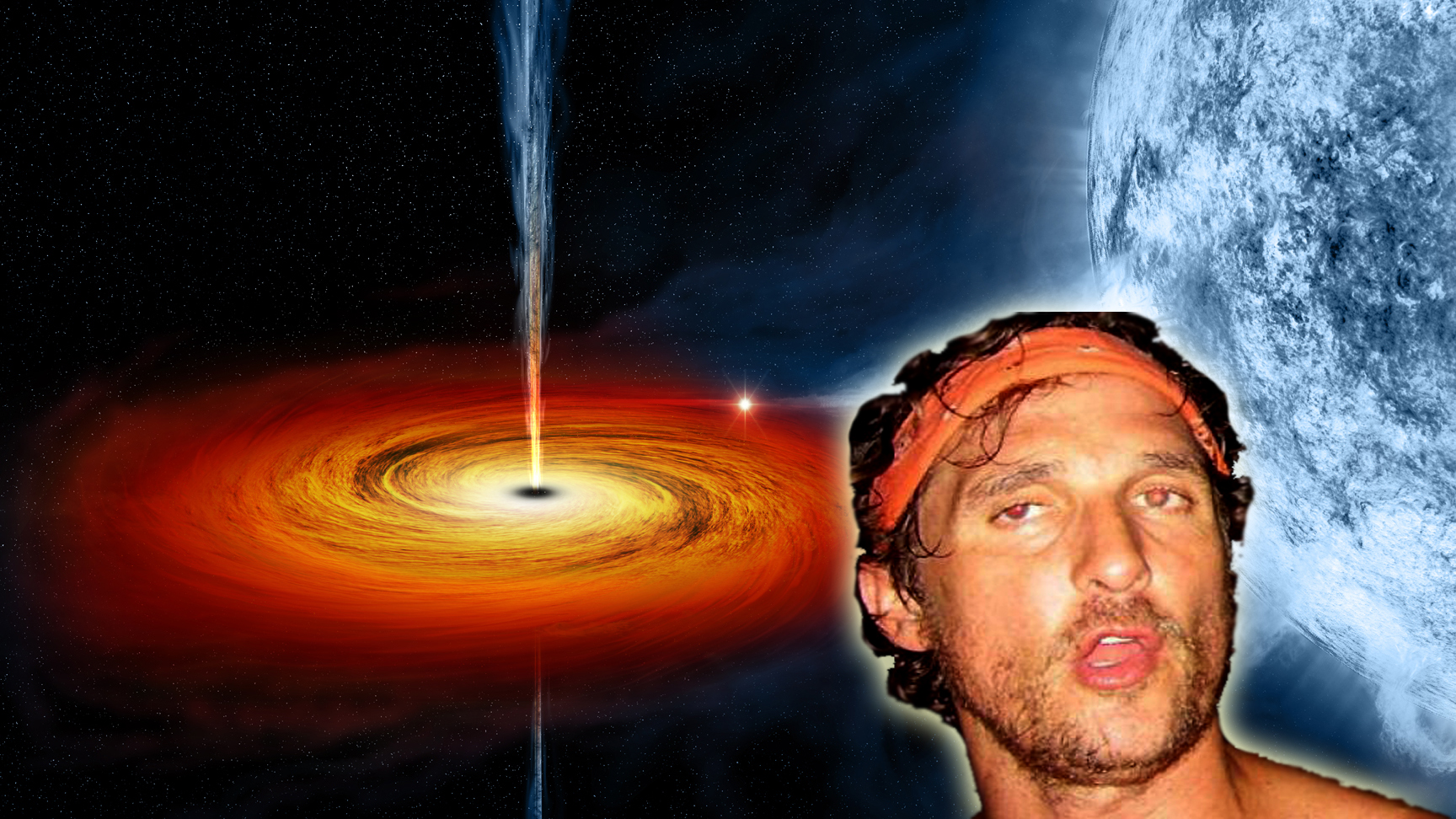When Christopher Nolan (Batman trilogy) asked a theoretical physicist to do the effects for his new film, Interstellar, neither of them expected they’d actually progress science at the same time.
Kip Thorne worked with a team for over a year to create the most realistic Black Hole ever seen in cinema. He started by putting together an entirely new set of equations to be fed into animators’s rendering software. Thorne only used known scientific principles in his models, and since Black Holes by their nature suck light, no one really knew what it would look like.
When the team finally put all of their pieces together and ran the model, what they saw was unexpected. Paul Franklin, an effects supervisor tells Universe Today:
We found that warping space around the black hole also warps the accretion disk. So rather than looking like Saturn’s rings around a black sphere, the light creates this extraordinary halo.
That gravitational warp of light is enough for Thorne to write at least two new scientific papers. For all of us laymens, it just means we’ll see some dope space explosions in IMAX. (Photo: Wikimedia)



